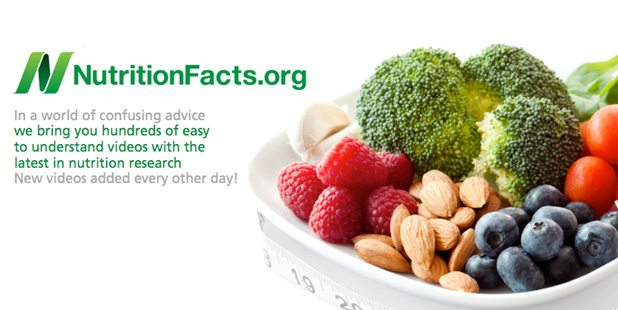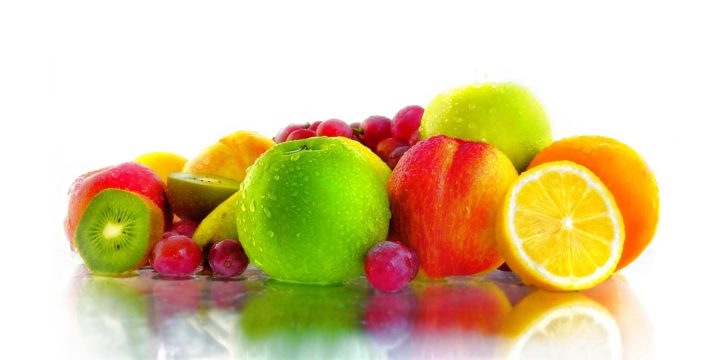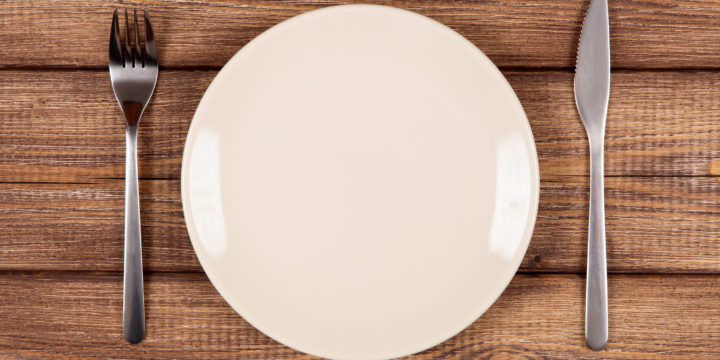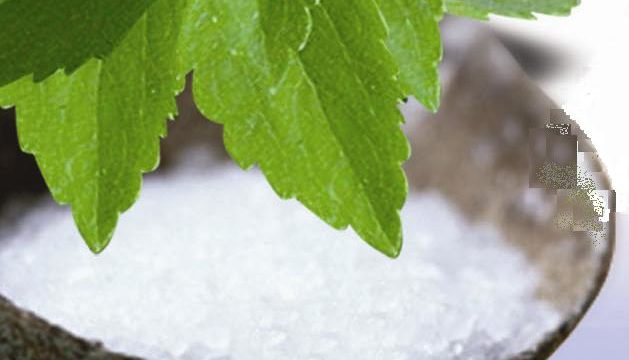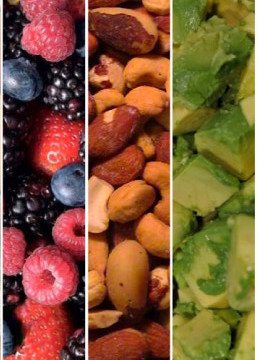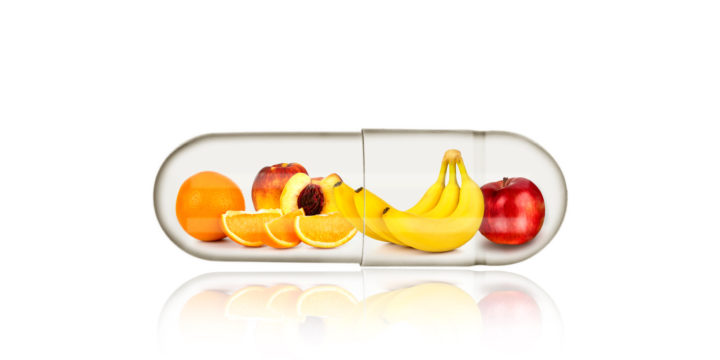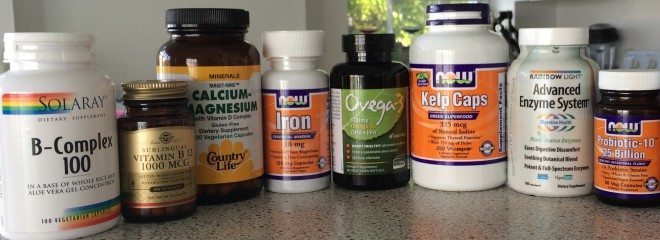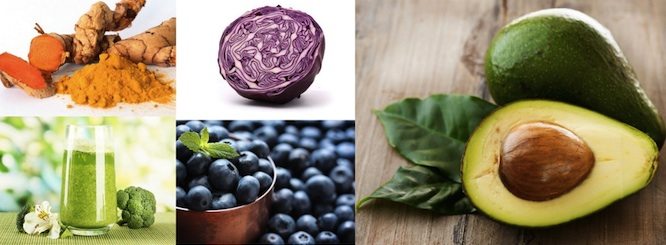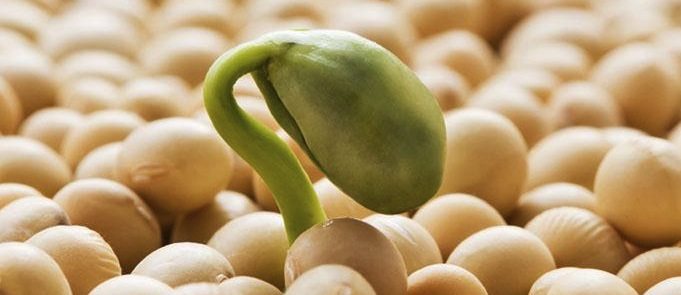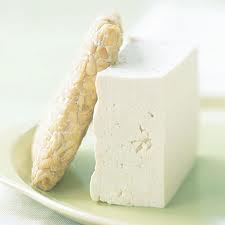Summer is creeping up on us quickly… Time to take action for beach-ready abs!
As featured on PeTA’s “Living” blog…
Who doesn’t want a beautifully sculpted stomach? As a fitness trainer and nutrition coach, I hear it from my clients all the time: “How do I get rid of this,” they ask, as they grab and pinch belly fat, “and get abs like yours?” Well, I have compiled a list of what it takes to achieve the toned tummy that you are longing for. If it were easy, everyone would have a shot at the cover of Fitness Magazine! Although it’s not “easy,” it is definitely doable … and YOU CAN DO IT! Just take the following steps:
 1. Cut “empty calories” from your diet. Your first thought might be that you don’t want to “deprive” yourself of the soda and chips that you love so much. But here’s the deal: You are actually depriving yourself by eating them! What I mean is that you are filling up on foods that are missing the nutrients that your body needs to survive and thrive. Make this a habit, and your body will actually go into starvation mode and hold onto your body fat. By replacing the empty calories with nutrient-dense ones, your body gets what it wants and allows fat to be eliminated. Don’t get me wrong: I am not saying never splurge, but even when you splurge, you can do it without filling up on empty calories! For example, I make delicious popcorn with coconut oil for movie nights. And when I get a sweet tooth, one of my favorite treats is coconut-milk ice cream. Give it some time, and you will never miss that chemical, fake buttered popcorn or Ben & Jerry’s! All my top healthy vegan swaps can be found in the 60-page “How To Go Vegan Beginner’s Guide!“
1. Cut “empty calories” from your diet. Your first thought might be that you don’t want to “deprive” yourself of the soda and chips that you love so much. But here’s the deal: You are actually depriving yourself by eating them! What I mean is that you are filling up on foods that are missing the nutrients that your body needs to survive and thrive. Make this a habit, and your body will actually go into starvation mode and hold onto your body fat. By replacing the empty calories with nutrient-dense ones, your body gets what it wants and allows fat to be eliminated. Don’t get me wrong: I am not saying never splurge, but even when you splurge, you can do it without filling up on empty calories! For example, I make delicious popcorn with coconut oil for movie nights. And when I get a sweet tooth, one of my favorite treats is coconut-milk ice cream. Give it some time, and you will never miss that chemical, fake buttered popcorn or Ben & Jerry’s! All my top healthy vegan swaps can be found in the 60-page “How To Go Vegan Beginner’s Guide!“
 2. Make time for cardio workouts. Cardio workouts (in which you elevate your heart rate for more than 30 minutes) are important for two main reasons. First, it’s how to keep your heart beating strong, which keeps you alive and able to live life to the fullest for years and years to come! And second, cardio burns fat. Pretty simple! Do your cardio!
2. Make time for cardio workouts. Cardio workouts (in which you elevate your heart rate for more than 30 minutes) are important for two main reasons. First, it’s how to keep your heart beating strong, which keeps you alive and able to live life to the fullest for years and years to come! And second, cardio burns fat. Pretty simple! Do your cardio!
 3. Choose exercises that involve “core strength.” Your core basically encompasses your body from your chest to your butt. Increasing your core strength means not only sculpting a sexy, toned midsection but also strengthening your body in such a way that will improve your posture, give you stability, and prevent injuries. If you focus only on your abs, you will set yourself up for bad posture, back problems, and injuries. Most exercise machines take your core out of the exercise by acting as a stabilizer, which is neither functional nor efficient. Instead of using the leg-press machine, for example, do squats. Instead of using a chest-press machine, do pushups. You can add weight to your back to make it more challenging. Get creative! Have fun with it! Flip tires. Also, do dumbbell rows from a plank position so that you work your back and core at the same time.
3. Choose exercises that involve “core strength.” Your core basically encompasses your body from your chest to your butt. Increasing your core strength means not only sculpting a sexy, toned midsection but also strengthening your body in such a way that will improve your posture, give you stability, and prevent injuries. If you focus only on your abs, you will set yourself up for bad posture, back problems, and injuries. Most exercise machines take your core out of the exercise by acting as a stabilizer, which is neither functional nor efficient. Instead of using the leg-press machine, for example, do squats. Instead of using a chest-press machine, do pushups. You can add weight to your back to make it more challenging. Get creative! Have fun with it! Flip tires. Also, do dumbbell rows from a plank position so that you work your back and core at the same time.
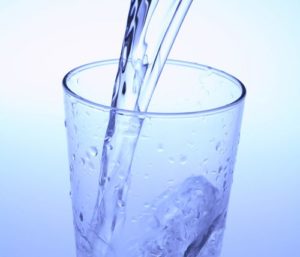 4. Stay Hydrated. Water retention leaves us puffy and bloated—not so helpful when your goal is a flat stomach! The most effective ways to prevent water retention are to stay hydrated with plenty of water throughout the day, keep your sodium intake low (especially iodized salt found in processed foods—I use either Celtic or Himalayan sea salt at home), stay away from junk food, eat whole foods with lots of fiber, and exercise.
4. Stay Hydrated. Water retention leaves us puffy and bloated—not so helpful when your goal is a flat stomach! The most effective ways to prevent water retention are to stay hydrated with plenty of water throughout the day, keep your sodium intake low (especially iodized salt found in processed foods—I use either Celtic or Himalayan sea salt at home), stay away from junk food, eat whole foods with lots of fiber, and exercise.
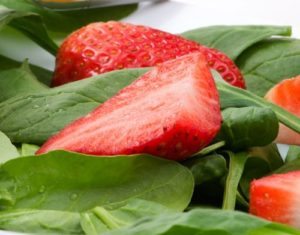 5. Eat anti-inflammatory foods daily. Chronic inflammation can be one of the main underlying causes of illness and premature aging. It can also cause weight gain and swelling, which is why it’s included on this list. But the truth of the matter is that reducing inflammation in your body can literally save your life. The good news is that there are some simple ways to prevent and treat inflammation. Eating foods with anti-inflammatory properties, while eliminating inflammation-causing foods is first and foremost. Eating fiber-rich, nutrient-dense vegan whole foods will give you the perfect anti-inflammatory diet. Processed food, refined sugar, and saturated and trans fats cause inflammation. Regular exercise is also helpful in reducing inflammation, as are avoiding allergens (such as dairy products, gluten, and peanuts for some people) and managing stress. Check out the “How to Create Your Own Super Food Shake” to learn more about easily incorporating more anti-inflammatory foods into your daily routine!
5. Eat anti-inflammatory foods daily. Chronic inflammation can be one of the main underlying causes of illness and premature aging. It can also cause weight gain and swelling, which is why it’s included on this list. But the truth of the matter is that reducing inflammation in your body can literally save your life. The good news is that there are some simple ways to prevent and treat inflammation. Eating foods with anti-inflammatory properties, while eliminating inflammation-causing foods is first and foremost. Eating fiber-rich, nutrient-dense vegan whole foods will give you the perfect anti-inflammatory diet. Processed food, refined sugar, and saturated and trans fats cause inflammation. Regular exercise is also helpful in reducing inflammation, as are avoiding allergens (such as dairy products, gluten, and peanuts for some people) and managing stress. Check out the “How to Create Your Own Super Food Shake” to learn more about easily incorporating more anti-inflammatory foods into your daily routine!


